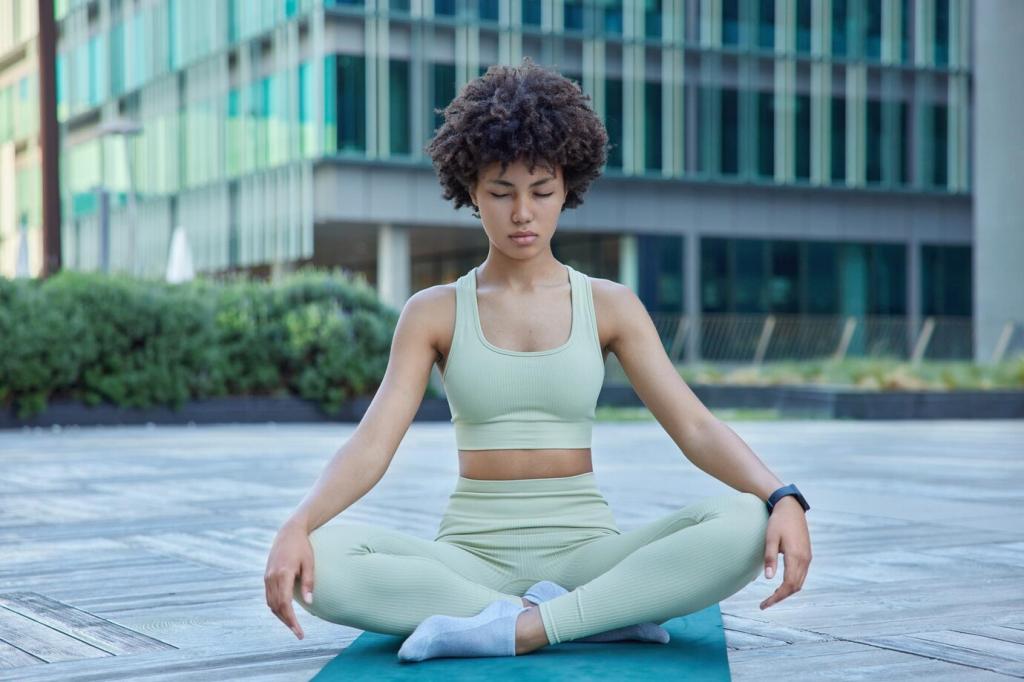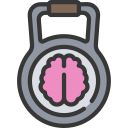Visualize the Win: Mindfulness for Athletes
Today’s theme: “Visualizing Success: Mindfulness Techniques for Athletes.” Step into a focused, science-backed approach to train your mind like you train your body. Guided imagery, steady breath, and repeatable routines will help you compete with clarity, recover faster, and enjoy the game. Join in, share your routine, and subscribe for weekly mental edge drills.
Neural rehearsal, real results
When you vividly imagine a play, your motor cortex and cerebellum rehearse timing, rhythm, and coordination. This primes execution under pressure, smoothing decision-making and reducing hesitation. Consistent imagery also anchors confidence, turning pre-game nerves into focused energy. Try it daily for just minutes and notice your body’s automatic readiness.
From local pool to bigger podiums
A young swimmer I coached wrote a three-line script for turns: “Tight tuck, heel kiss, explode.” She pictured the wall, felt the flip, and heard bubbles crackle. After two weeks, her splits improved, not from more volume, but cleaner turns. Comment with your three-line cue to lock in a key skill.
Your first nightly picture
Before bed, close your eyes and replay one successful moment: your best start, a clean catch, or a calm free throw. Add breath, sound, and feel. Keep it short, specific, and repeatable. Share your chosen moment below, and tell us how it felt to rehearse success instead of replaying mistakes.
Mindfulness Fundamentals for Competitive Calm
Anchor to the breath
Use a simple inhale for four, exhale for six. Feel the air at the nostrils or ribs moving. When thoughts drift to outcomes or opponents, gently return to breath. Two minutes pre-warmup settles jitters and sharpens focus. Tell us your preferred breathing count and where in your body you feel it most.
Body scan: tune the instrument
Sweep attention from toes to crown, relaxing jaw, shoulders, and hips. Notice tension without trying to fix everything at once. On game day, a thirty-second micro-scan between plays helps you reset posture and power. Try it today after practice and share one spot where you carried surprise tension.
Name it to tame it
Label sensations and emotions: “fast heartbeat,” “tight chest,” “nervous.” Naming reduces overwhelm and creates space to choose a response. Pair the label with a slow exhale, then a cue word like “steady.” This skill becomes your portable calm. Comment your favorite cue word so others can borrow it for pressure moments.
Your Pre-Competition Visualization Routine (10 Minutes)
Minutes 0–3: arrive and breathe
Sit or stand tall. Inhale four, exhale six, ten cycles. Notice contact with the ground, relax your jaw, and soften shoulders. Picture the venue lighting and the first sound you will hear. Whisper your cue word. This is your on-ramp to competitive presence, available anytime you start to spiral.
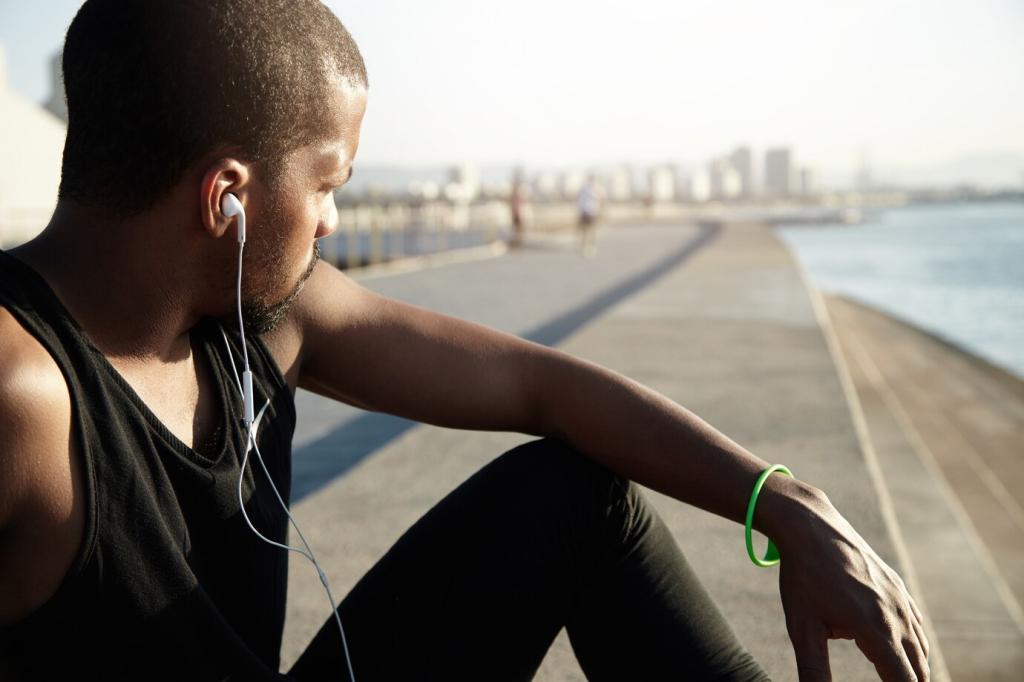
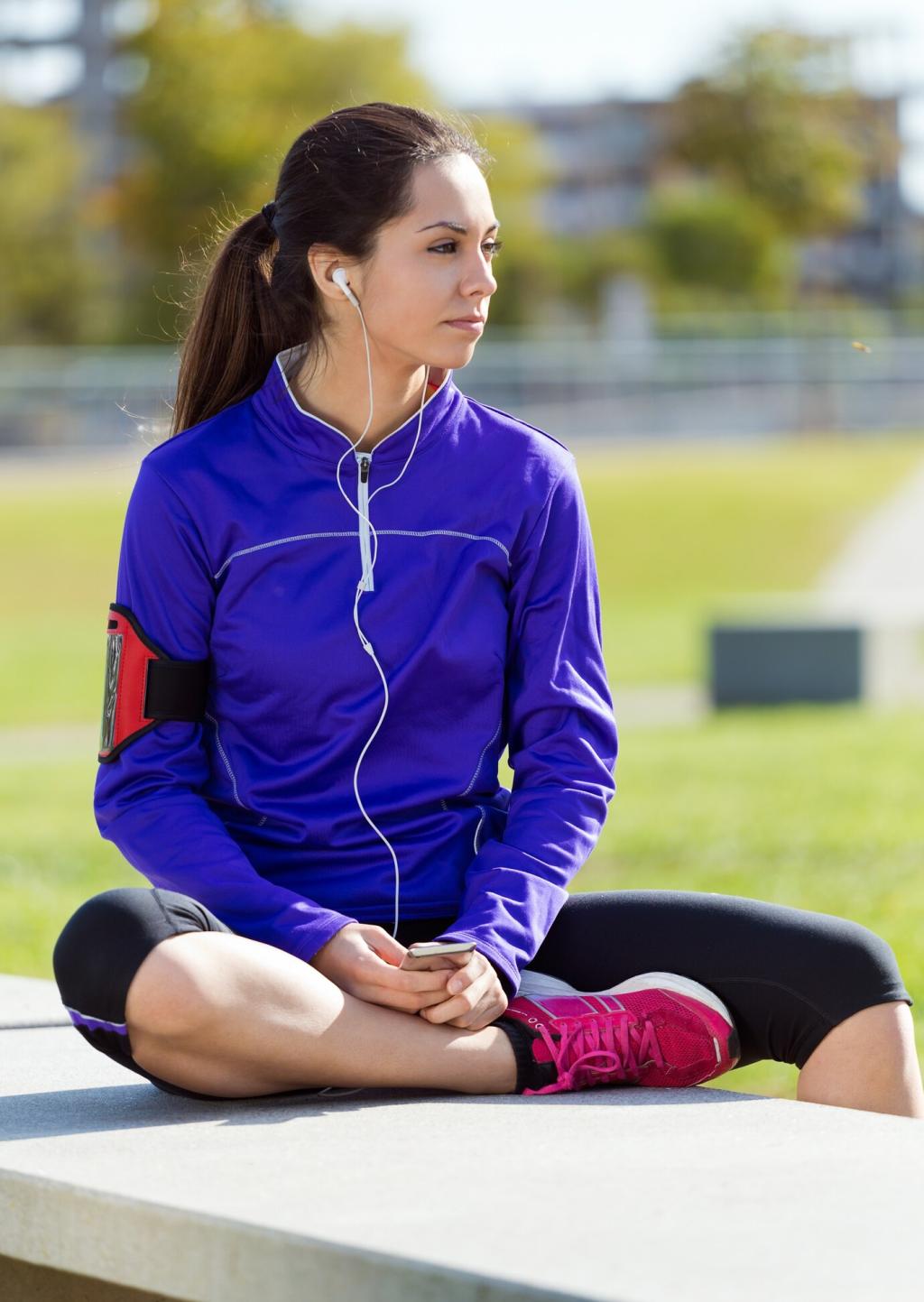
Minutes 3–7: sensory-rich rehearsal
Mentally play your event from your perspective: the weight of the ball, shoe grip, lane smell, crowd murmur. Feel tempo, rhythm, and timing. See your plan unfold: first action, second action, finish. Keep details crisp and believable. Share which sense felt most vivid, and we will feature your tip in our next post.
In-the-Moment Mindfulness: Reset Between Plays
Inhale four, hold four, exhale four, hold four. Trace a quiet square with your eyes or finger on your thigh. This pattern reduces stress arousal and stabilizes aim before a serve, kick, or free throw. Try two cycles, then step in. Comment where you plan to tuck this reset into your game day.


In-the-Moment Mindfulness: Reset Between Plays
Choose a simple, action-oriented word: “tall,” “snap,” “drive,” or “smooth.” Pair it with a breath and a single picture of clean execution. Cue words work best when practiced daily, not invented under pressure. Share your cue in the comments so others can test it during tomorrow’s drills.
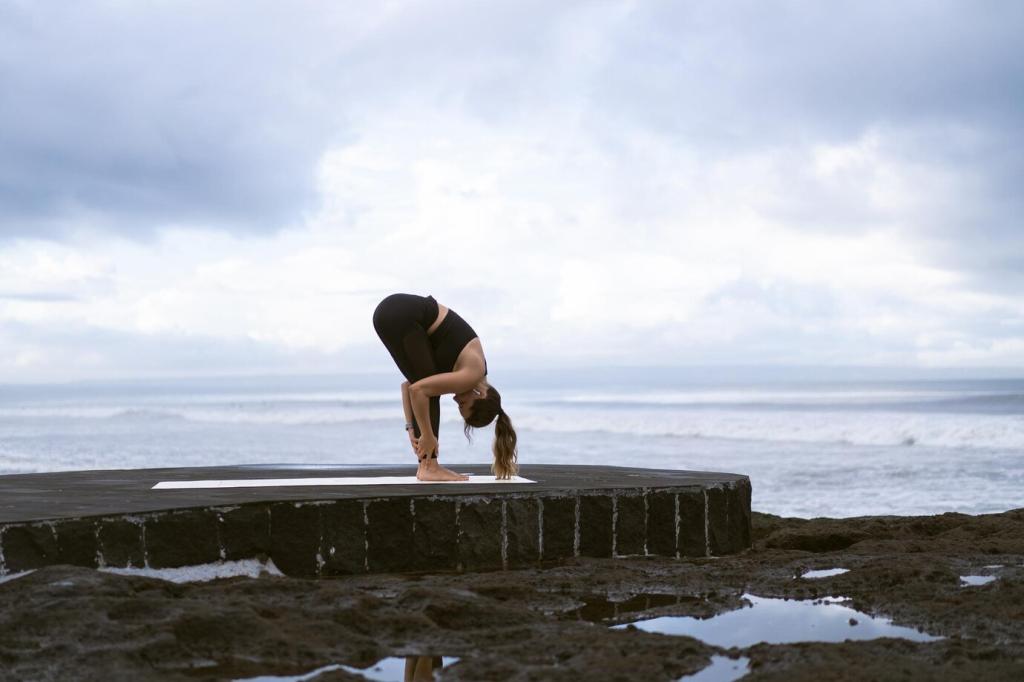
Post-game debrief that heals and teaches
Sit for three breaths. Name one thing you executed well and one cue to refine. Replay a twenty-second highlight to lock in confidence. Then visualize one clean correction for next time. This keeps the nervous system from marinating in regret. Share your highlight to inspire others to celebrate small wins.

Sleep imagery for consolidation
As you wind down, run a slow-motion reel of two perfect reps. Keep it soothing and effortless. Sleep ties memory knots that improve timing and pattern recognition. If this helped you wake up steadier, tell us which clip you used. We may compile a reader playlist for bedtime focus.
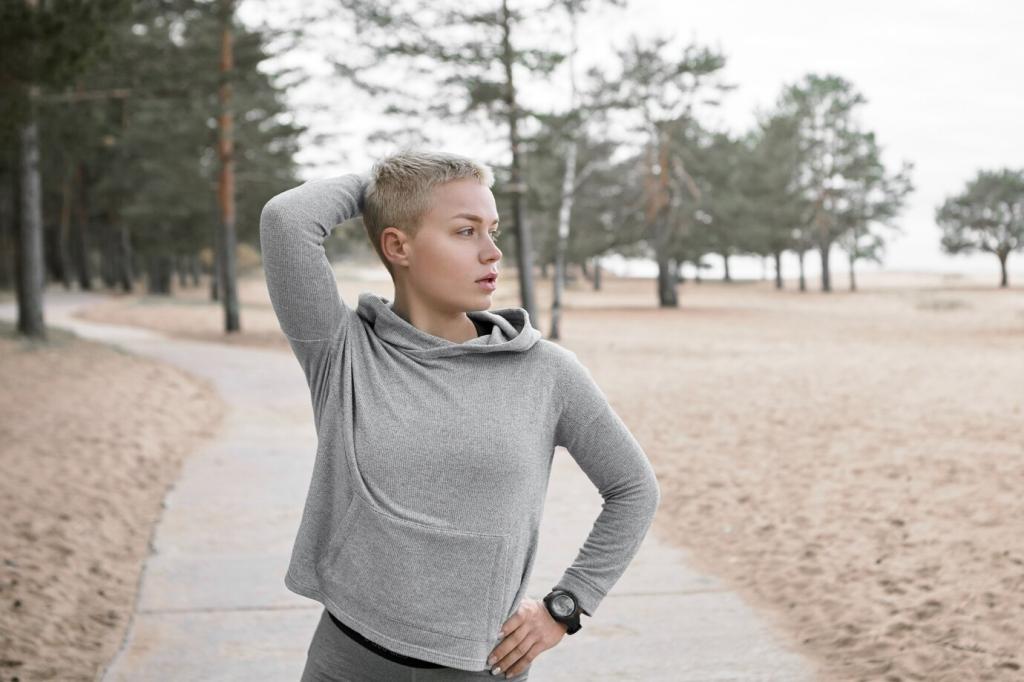
Journaling the metrics that matter
Track three items: practice consistency, pre-performance nerves rating, and execution of your cue. Over two weeks, patterns emerge. Pair scores with short notes on imagery clarity. Subscribe for our printable tracker, and post your top insight so teammates can learn from your progress curve.
Design Your Personal Imagery Script
Write in first person, present tense
Use “I” statements: “I feel the ground, I breathe steady, I drive through.” Present tense convinces your brain it is happening now. Keep it 60–120 seconds. Post one line from your script below; we will pick a few to annotate with sport-specific tweaks next week.
Layer senses and emotion
Describe sight, sound, touch, and the emotional tone you want—calm, assertive, playful. Emotional clarity prevents panic from hijacking your plan. If a word sparks energy, keep it. If it adds clutter, cut it. Share which sense anchors you best, and help others refine their imagery detail.
Match timing to your event
Sync script tempo to your sport: strides per breath, strokes per length, or the beat of your pre-serve bounce. Accurate timing hardwires rhythm you can trust. Tell us your timing ratio, and we will suggest adjustments to fit sprint, endurance, or team-sport demands in a follow-up post.
Team and Coach Integration
Huddle visuals and shared words
Before kickoff or tipoff, guide a thirty-second team picture: clean start, first pass, composed reactions. Choose one shared cue word. This aligns attention and behavior quickly. If you tried a team huddle visual, report the cue word you used and how it changed your opening minutes together.
